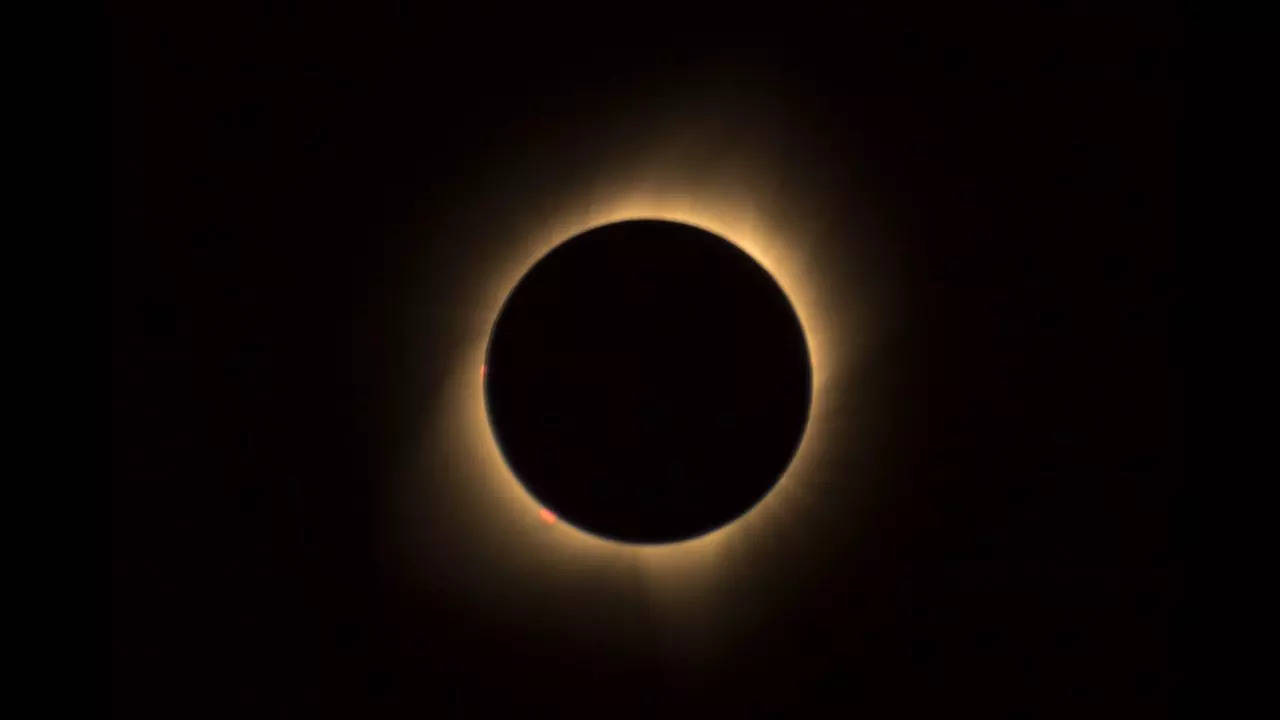A solar eclipse occurs when the Moon is at its farthest point from Earth during its alignment with the Sun. Because of this distance, the Moon cannot completely block the Sun, resulting in a partial eclipse and the distinctive “Ring of Fire” effect. It’s essential to use proper eye protection, such as eclipse glasses or solar viewers when directly observing a solar eclipse, as looking at the Sun without adequate eye protection can cause harm.
Here we delve into the key details of the upcoming “Ring of Fire” eclipse, including its path, timing, safety precautions, and how to make the most of this remarkable celestial event.
What is a solar eclipse?
A solar eclipse is a rare celestial event when the Moon passes between the Earth and the Sun, casting its shadow on our planet. What will occur on October 14 will be a partial solar eclipse. In a partial solar eclipse, the Moon blocks only a portion of the Sun’s light, resulting in a partial darkening of the sky. This type of eclipse is more common and can be observed from a broader geographic area.
When will the ‘Ring of Fire’ occur?
This year’s solar eclipse is scheduled for October 14. During this event, the Sun will be partially obscured by the Moon, creating the mesmerizing “Ring of Fire” effect.

Where will it be visible?
Unfortunately, the “Ring of Fire” will not be visible from India. The Moon’s shadow will only pass over North America and South America during this eclipse.
Exact viewing times
For those in North America and South America, the eclipse will occur at 8:35 PM IST on October 14 and 2:25 AM IST on October 15.
Where can you watch the eclipse?
While the eclipse won’t be visible in India, you can still watch it through a live stream hosted by NASA on October 14 at at 4:30 p.m IST.
Historical and cultural significance of the ‘Ring of Fire’
Solar eclipses have captivated and influenced cultures throughout history. People around the world often organize gatherings, rituals, or celebrations to mark the occasion, underscoring the cultural significance of these rare celestial events.


